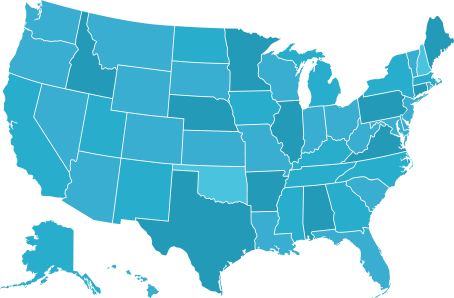Phishing is top-of-mind across all industries, verticals and departments – especially Information Security teams. No matter how informed we are or how vigilant we tend to be, we are all susceptible to fraud attacks – especially phishing scams.
Now, more than ever phishing is targeting real estate professionals and their clients. For instance, last month the National Association of REALTORS® (NAR) warned its members to report and delete a fraudulent email with the subject Line: "*PLEASE READ* Important Updates & Changes to 2019 Member Roster", as it is NOT from NAR.
Knowing this, let’s cover what phishing is and how you can identify it to avoid taking the bait.
What is Phishing Exactly?
Wikipedia defines phishing as: “Phishing is the fraudulent attempt to obtain sensitive information such as usernames, passwords and credit card details by disguising as a trustworthy entity in an electronic communication. Typically carried out by email spoofing or instant messaging, it often directs users to enter personal information at a fake website, the look and feel of which are identical to the legitimate site.”
It’s important to recognize that scammers can be anything from someone posing as your company’s CEO or your bank, to even a charitable organization. They encourage you to reveal personal information, such as passwords, credit card information, banking information and much more.
How Can You Recognize Phishing Techniques?
There’s no simple answer to identify and combat all phishing threats. It’s important to keep informed about phishing techniques and treat it with common sense.
We’ve outlined common items to help avoid a potential scam below:
• URL: Validate the address at the top of your browser to ensure it’s authentic.
• Spelling and Grammar: Typically, phishing emails have misspellings, upper-case letters, grammar mistakes, etc.
• Email Domain: Review the email domain to ensure it is from a legitimate organization.
• Links: Think before you click. Be aware of suspicious links and only open links you’re expecting.
• Language: Know the common phishing language such as, “verify your account" and “act immediately.”
• And, always be suspicious of emails with attachments.
Interested in Additional Resources?
The Federal Trade Commission’s new infographic provides quick and valuable tips to help you identify the bait, avoid the hook and report phishing scams.
We hope you feel prepared to assist your clients if a phishing scam happens. If you have any questions, DataTrace® is here to help. Give us a call at 800.221.2056 or email Customersuccess@datatracetitle.com.
 Geographic Coverage
Geographic Coverage





